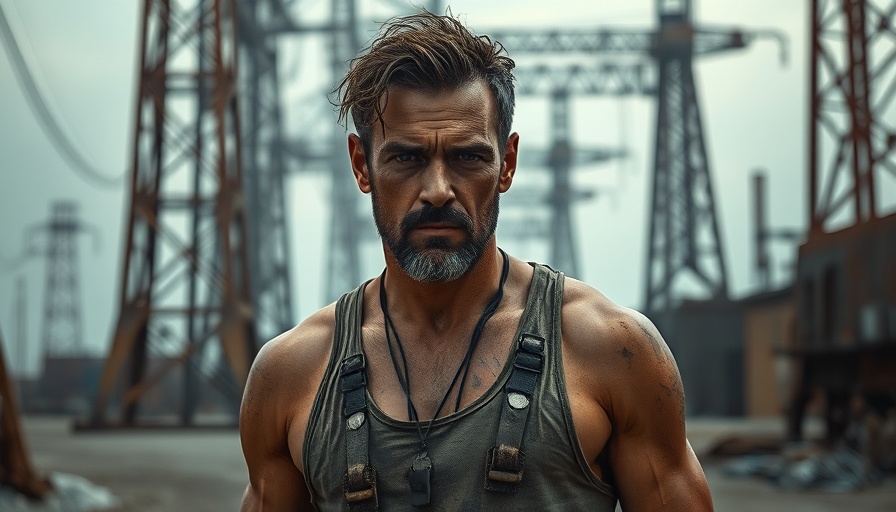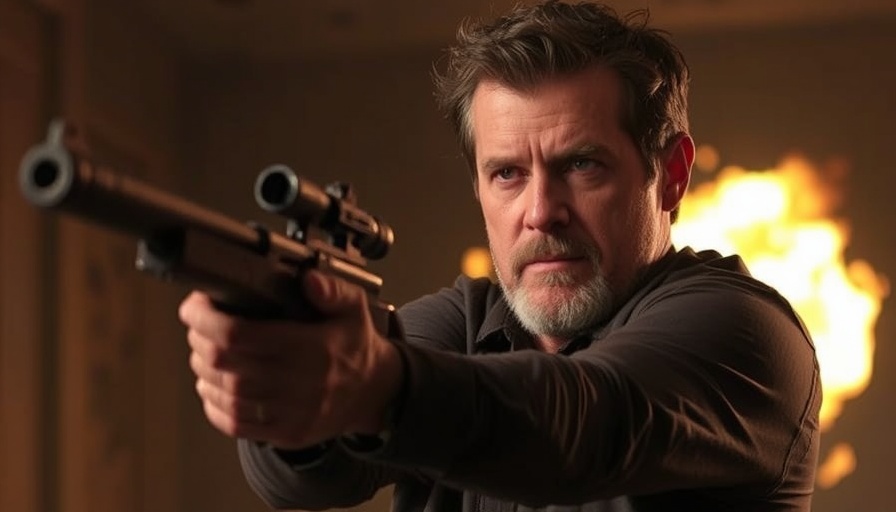
Exploring the Evolution of Zombie Cinema: 28 Years in the Making
In the cinematic universe of zombie films, few sequences resonate as deeply as the evolution charted by Danny Boyle. Following his groundbreaking work in 28 Days Later, a film that redefined the horror genre and captured the post-9/11 zeitgeist, his latest installment, 28 Years Later, has emerged not merely as a sequel, but as an exploration of the complexities that come with time and societal change.
Returning to a Familiar World
28 Years Later takes place a generation after the original outbreak of the rage virus that devastated Britain. This sequel posits a world where quarantine has become the norm, shaping society into something the original characters could hardly have imagined. Here, Boyle's vision is sharpened: the chaos and terror of earlier years are still present, but they are now tempered by a narrative intent that prompts audiences to reflect on the changes that have transpired. Are humans more or less civilized after decades of isolation from the remnants of normalcy?
Thematic Depth: More Than Just Zombies
One of the most striking aspects of 28 Years Later is its thematic heaviness. Unlike its predecessor, which was a raw commentary on global fear and societal breakdown, this sequel takes a nuanced approach. It serves not only as a horror film but also as a poignant social commentary on our current world, mirroring the real-life issues of our times, including political unrest, social division, and the ever-relevant debate about humanity's resilience in the face of adversity.
Cultural Echoes of New Orleans
For the Crescent City culture seekers among us, this film resonates even more profoundly when viewed through the lens of our community's own struggles and triumphs. New Orleans has its own share of overcoming adversity—be it through catastrophic events, the vibrant resilience of its people, or the eclectic spirit that defines its culture. Just as the characters in 28 Years Later navigate their reconstructed world, residents of New Orleans continue to forge connections amidst change, celebrating art, food, and community in a way that is uniquely our own.
A Theatrical Experience Worth Attending
As cinemas in New Orleans embrace films like 28 Years Later, it’s a reminder of the power of collective viewing experiences. There’s a certain magic that infuses movie theaters, particularly in our culturally rich city where the arts amp up a communal feeling of togetherness. Attending a screening may inspire conversations about not just the plot and cinematography but also the palpable experience of our own lives reflected on screen.
Engage with the Narrative
This layered narrative of 28 Years Later invites audiences to ruminate on what it truly means to survive and thrive. It raises the question of what we can do as a community to cultivate our own narratives of hope and resilience. Art, after all, reflects life and can inspire real change.
As film enthusiasts gather for discussions at local theaters or engage in the vibrant nightlife of New Orleans while contemplating these themes, the collective consciousness can shift toward understanding and connection. This film isn't just for horror lovers; it is for anyone who appreciates rich storytelling that challenges the status quo.
As you embrace this cinematic adventure, think about how you can enhance your own experiences in our culturally alive city. Whether it’s through attending local film events, exploring Crescent City cuisine, or simply engaging in community dialogues, the spirit of 28 Years Later lives on through our actions and interactions.
 Add Row
Add Row  Add
Add 



Write A Comment